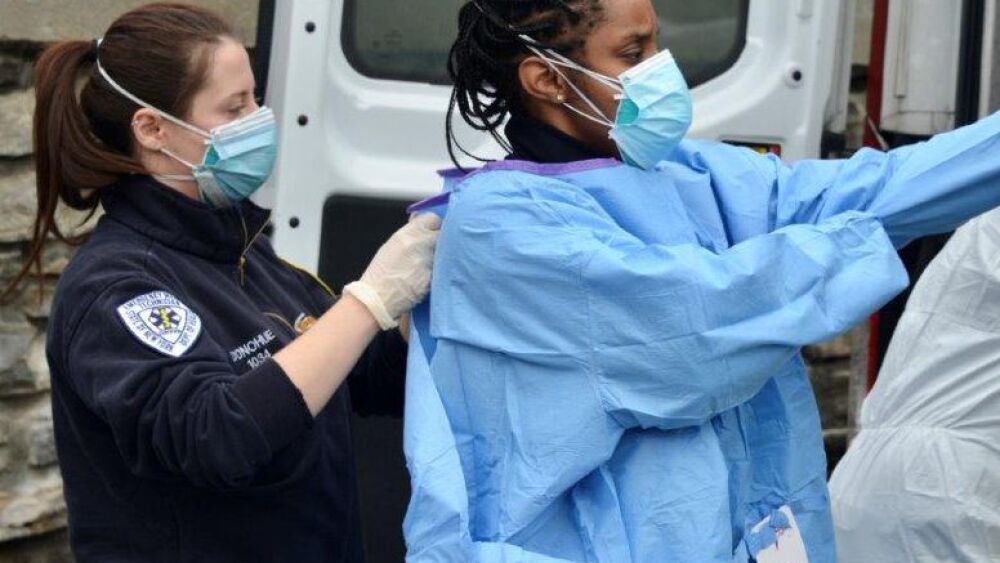Nobody in a fire and EMS organization has more influence on its daily operations than does the first-line supervisor – the company or field officer.
So it only stands to reason that the field officer is the one position in the organization that has the most influence over the department’s safety culture. As the saying goes, “It’s a tough job, but somebody’s got to do it.”
Your department should provide field officers with the appropriate policy and procedures necessary for firefighters, EMTs and paramedics to do their jobs more safely, effectively and efficiently. That’s the strategic direction. The tactical direction, making it happen, falls squarely on the field officers’ shoulders.
And if you are that field officer, how are you doing in that role?
Do you model the expected behavior 100% of the time? Are you unyielding in your efforts to ensure that all members under your supervision do as you do?
Field officers Lead by example
Here are five examples of behaviors the field officer must exhibit and insist their members mimic:
- Remain seated and belted in a moving ambulance/apparatus
- Operate at a safe speed, avoid distractions behind the wheel of an ambulance
- Use PPE as directed during every call
- Conduct a thorough size-up and risk assessment to determine the scene is safe
- Maintain physical health through good eating habits and proper exercise.
That’s just a short version of a much longer and more extensive list, but you get the picture. Your people observe your every movement and action during your tour of duty, both on and off the emergency scene.
Are you making the concerted effort to model the appropriate behaviors on a daily basis that advance firefighter/provider safety and wellness – two key elements in a safety culture?
We have the knowledge, skills, equipment and technology to minimize risks in emergency services.
Consistent messaging for Field officers
Field officers must lead the way into a new era of fire/EMS through their daily actions.
This won’t be done if the field officer is regaling responders with “how it used to be” out one side of their mouth while telling them how they should be doing it differently today – and meting out discipline when they don’t follow policy or procedure.
How’s a new provider supposed to accept the department’s policies on safe driving during response to emergencies when their fellow providers are constantly reinforcing the importance of getting there fast because seconds count or because pride at being first in is at stake with every call?
Making safety culture a new normal
We will not be successful in our continuing efforts to make emergency services safer until we make the new ways the new normal. True changes in culture do not take place because we tell people to do things differently and their inherent good nature will cause them to change their behavior. Instead, true change occurs because the new behavior becomes the socially acceptable norm.
Since the release of the U.S. Surgeon General’s 1964 report on the dangers of cigarette smoking, the American public has been well aware of the dangers of smoking to public health and the financial impact on our healthcare costs from treating smoking-related illnesses.
Did people suddenly quit smoking because they did not want to get sick and die? No, smoking rates did not start to decline at any meaningful rate until it became socially unacceptable to smoke in public settings.
If we want to make unsafe firefighting and EMS practices and operations a thing of the past, we must start taking steps to make them socially unacceptable to the members. That has to begin with the field officer’s total commitment to embracing new information, equipment and technologies to make the job safer.
Maybe then, the new field officer mantra will be, “Do as I say, just as I do.”
We can continue to change our safety culture for the better. What role are you playing?
Listen for more: Quick Clip: How field training officers can make or break a new provider













